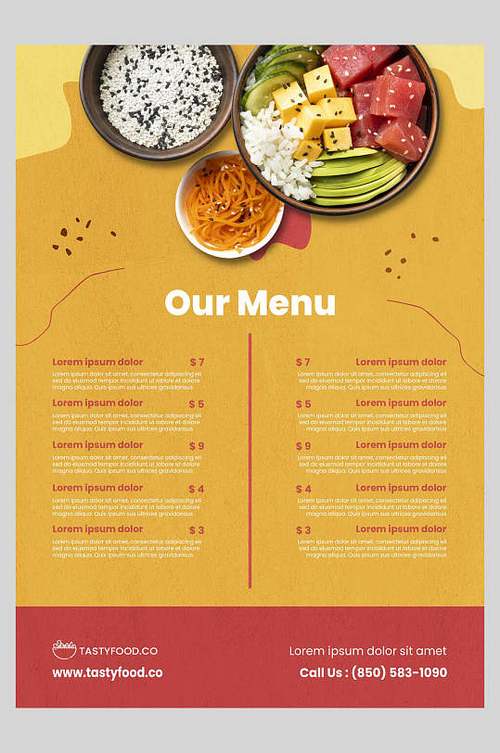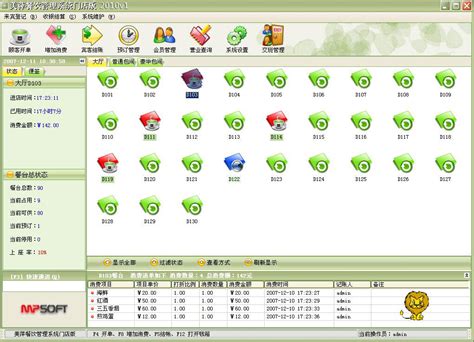客单价的英文缩写
Understanding the Average Spend per Customer in the Food and Beverage Industry
In the realm of the food and beverage industry, understanding the Average Spend per Customer (ASP) is paramount for businesses aiming to optimize their revenue streams. ASP, often abbreviated as simply "SPC," serves as a crucial metric that provides insights into customer behavior, preferences, and overall market trends. Let's delve into the significance of ASP, its calculation, influencing factors, and strategies to enhance it.
The Significance of ASP (SPC)
ASP (SPC) encapsulates the average amount of money spent by each customer during a visit to a food and beverage establishment. This metric serves as a barometer of a business's financial health and customer satisfaction levels. Monitoring ASP allows businesses to:
1.
Revenue Optimization:
By analyzing ASP trends, businesses can identify opportunities to increase sales and enhance profitability.2.
Customer Insights:
ASP provides valuable insights into consumer behavior, such as purchasing patterns, preferences, and willingness to spend.3.
Operational Efficiency:
Understanding ASP helps businesses streamline operations, allocate resources effectively, and tailor marketing strategies to target highspending customers.4.
Competitive Analysis:
Benchmarking ASP against industry standards enables businesses to assess their performance relative to competitors and identify areas for improvement.Calculation of ASP (SPC)
ASP (SPC) is calculated by dividing the total revenue generated by the establishment over a specific period by the total number of customers served during that same period. The formula is represented as follows:
\[ ASP = \frac{Total \ Revenue}{Total \ Number \ of \ Customers} \]
This straightforward calculation provides a clear picture of the average expenditure per customer.
Influencing Factors on ASP (SPC)
Several factors influence ASP (SPC) within the food and beverage industry:
1.
Menu Pricing and Variety:
The pricing strategy and diversity of menu offerings directly impact customers' spending behavior. Premium items and bundled deals can contribute to higher ASP.2.
Customer Demographics:
Demographic factors such as income levels, age, and lifestyle preferences influence spending habits. Understanding the target audience enables businesses to tailor offerings to maximize ASP.3.
Service Quality:
Exceptional service, personalized recommendations, and a memorable dining experience can encourage customers to spend more.4.
Seasonality and Trends:
Seasonal fluctuations, trends in consumer preferences, and cultural events can affect ASP. Businesses must adapt their offerings and marketing strategies accordingly.5.
Upselling and CrossSelling:
Effective upselling and crossselling techniques can encourage customers to add additional items to their orders, thereby increasing ASP.6.
Ambiance and Atmosphere:
The ambiance, decor, and overall atmosphere of the establishment contribute to the perceived value of the dining experience, influencing spending decisions.Strategies to Enhance ASP (SPC)
To boost ASP (SPC) and drive revenue growth, food and beverage businesses can implement the following strategies:
1.
Menu Engineering:
Analyze menu items based on profitability and popularity, strategically pricing items to maximize revenue.2.
Upselling Training:
Train staff to upsell premium items, recommend addons, and suggest complementary products to enhance the overall order value.3.
Loyalty Programs:
Implement loyalty programs to incentivize repeat visits and reward highspending customers with exclusive benefits and discounts.4.
Special Events and Promotions:
Host themed events, promotions, and tasting menus to attract customers and encourage higher spending.5.
Online Ordering Optimization:
Optimize online ordering platforms to showcase highmargin items, offer customization options, and simplify the checkout process to increase average order value.6.
Customer Segmentation:
Segment customers based on spending habits and preferences, tailoring marketing campaigns and promotions to cater to different segments effectively.
Conclusion
In summary, ASP (SPC) plays a pivotal role in the success and profitability of food and beverage establishments. By comprehensively analyzing ASP trends, identifying influencing factors, and implementing targeted strategies, businesses can enhance customer satisfaction, drive revenue growth, and maintain a competitive edge in the dynamic food service industry.











